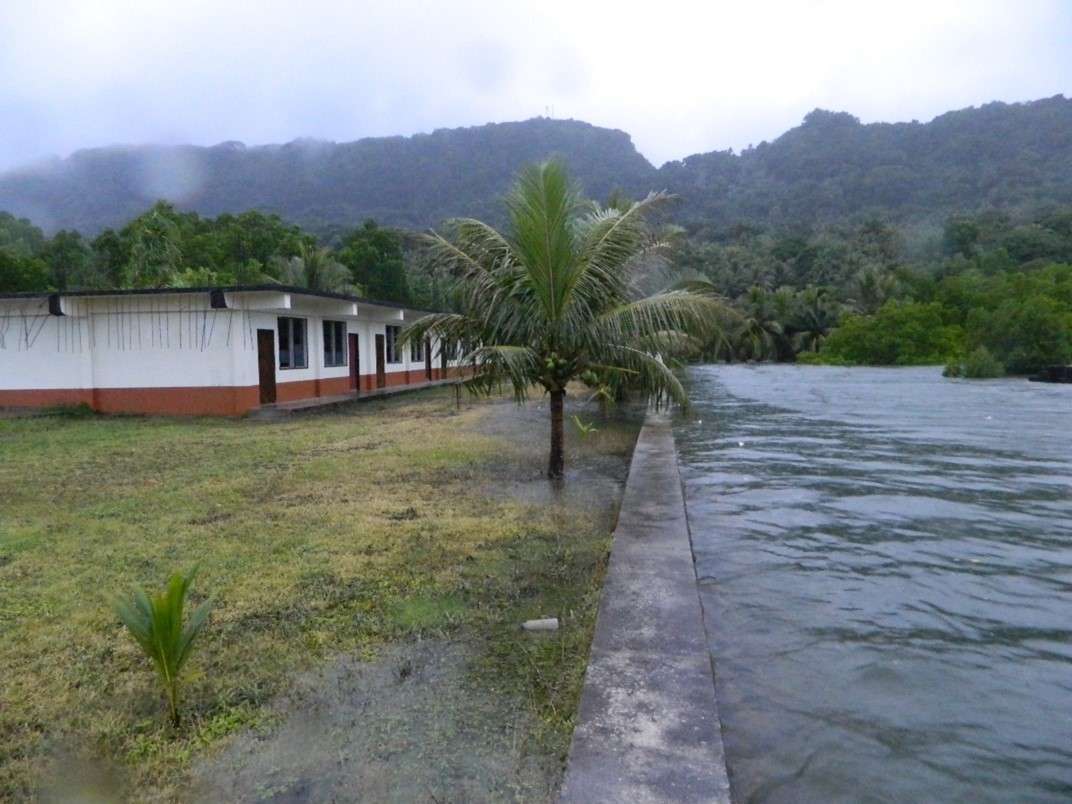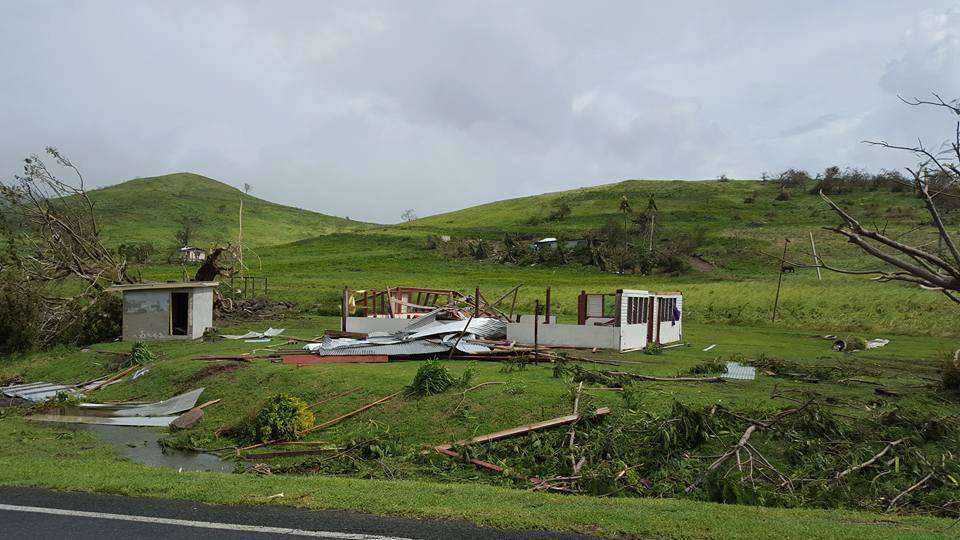
As the 26th Conference of Parties commences, many least developed countries still struggle to advance their National Adaptation Plan (NAP) processes. A decade after the introduction of the NAP process, with USAID’s new climate change strategy imminent, now is an opportune time to reflect on lessons learned and consider how USAID and other development partners can most effectively support developing countries’ NAP processes into the future. To help answer this question, DT Global analyzed 20 Green Climate Fund Readiness Support Programme NAP projects and found key entry points for future support. These include improving financing for NAP implementation; integrating adaptation throughout government planning, budgetary, and regulatory processes; and supporting subnational adaptation.
The NAP process—introduced at the 16th Conference of Parties meeting of the United Nations Framework Convention on Climate Change in 2010—is an integrated mechanism designed to help countries identify medium- and long-term adaptation needs and implement strategies and actions to address those needs.
NAPs are ambitious undertakings that require a high degree of vertical and horizontal coordination, solid data and information on climate risks and vulnerabilities and human capacity to plan for an uncertain future. Above all, they require commitment and ownership among countries’ leaders as well as transparent and participatory decision-making processes to address vulnerabilities and provide the necessary resources to move toward climate resilient development.
Global programs such as the NAP Global Network and NAP Global Support Program (NAP-GSP, implemented by UNDP and UNEP) have provided technical support to dozens of countries to meet these challenges. In addition, the Green Climate Fund (GCF) has established its Readiness Programme to provide financial support for developing countries to strengthen their NAP processes. For example, with technical assistance from the USAID Climate Ready project, the Government of the Republic of Palau has successfully accessed nearly $3 million to support improved adaptation planning.
To this end, DT Global analyzed 20 GCF-NAP support projects to determine the specific types of activities that are being implemented to support NAP processes, and to understand where additional support may be necessary to inform the next generation of NAP support programs. The analysis found 13 areas for potential support; from among these three of the core findings are listed here.

Virtually all NAPs include a description of adaptation priorities. These descriptions range in detail from lists of adaptation objectives to more developed project fiches and idea papers. However, NAPs are typically much weaker at identifying realistic financing methods. Given that most adaptation in developing countries will have to be supported by external public sector and private sector financing, this gap can seriously hinder NAP implementation, leading them to become “paper only” plans.
Methods for formulating and implementing feasible financing strategies include: i) working with finance ministries to empower line agencies to use public funds for adaptation priorities and climate proofing, and to leverage budgets to support public-private partnerships and other innovative financing mechanisms; ii) developing comprehensive financing plans for NAPs that match priorities to appropriate financing modalities and financiers (including support for blended financing structures and private sector engagement); and iii) continuing support to develop fundable public and private sector projects and programs.
All the NAP projects include activities to support the integration of climate change adaptation into existing government functions, including planning, budgeting, and regulatory frameworks, as “lack of sectoral mainstreaming” is among the most commonly cited bottlenecks preventing effective adaptation planning and implementation. A significant amount of support has been provided to advance mainstreaming among line agencies at the national level; however, mainstreaming is best understood as a medium- to long-term process of institutional change. Current efforts are a good start, but most countries have started from low baselines with respect to institutional and human capacities and agency commitment to adaptation. Many capacity development activities are at the awareness raising stage, and institutional assessments often stop at identifying barriers without providing resources to implement recommendations.
Future areas of support may be targeted to i) establishing and capacitating climate adaptation focal points and teams within line agencies (similar to USAID’s Climate Integration Leads); ii) identifying regulatory gaps for “carrots” and “sticks” (incentives and disincentives) and drafting innovative regulations to support adaptation; and iii) establishing climate screening procedures for sectoral investment programs and fully integrating risk and vulnerability information into sectoral planning processes.
Effective adaptation benefits from local ownership, local knowledge and local action. Hence most NAP projects support strengthening adaptation planning and implementation at subnational levels ranging from provinces to cities to villages. However, creating enabling conditions for effective adaptation planning and implementation at lower levels of government can be frustrating due to the complexities of intergovernmental architecture and fiscal frameworks, which often isn’t fully addressed in NAPs. In addition, local stakeholders often lack the data, information and tools needed to support resilience building efforts.
Areas for future support include i) supporting national legal frameworks to empower subnational governments to access public and private sector capital, and supporting the requisite capacities to do so; ii) improving planning and budgetary linkages between national and subnational governments to ensure that national plans reflect local priorities, and that there are feasible implementation pathways at the local level; and iii) helping subnational governments develop regulatory frameworks and resource management practices that incentivize resilience building practices and disincentivize development that increases vulnerability.
DT Global believes that this support will be critical for moving developing countries’ NAP processes to the next stage of implementation and for ensuring that NAPs are institutionalized as the unifying frameworks for guiding adaptation and resilience building. Over the next five years, USAID support to NAP processes can deliver an immense return on investment, increase country ownership over adaptation processes, and enhance overall sustainability and resilience.